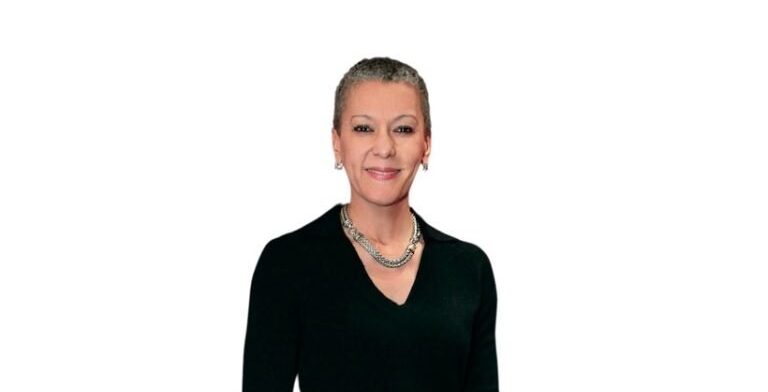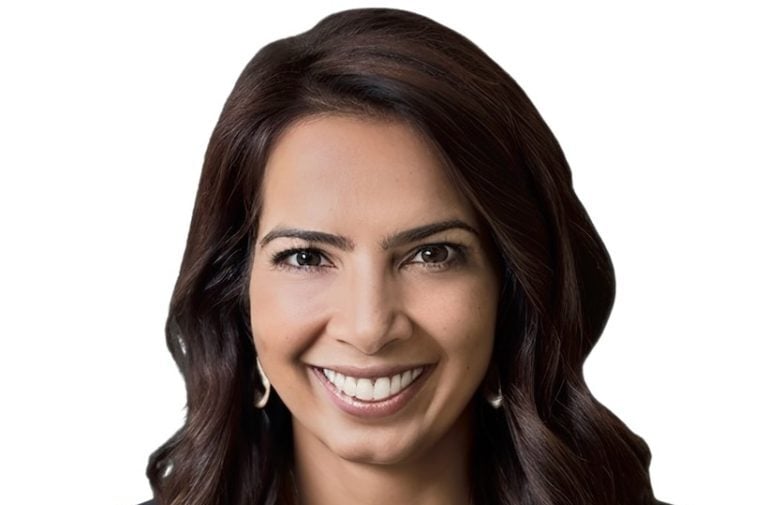Bringing a valuable healthcare service to an underserved population is a commendable goal. But providing that service while pioneering a total addressable market of $300 billion is just smart business.
That’s what entrepreneur Ron Steptoe is doing with Warrior Centric Health, a prime example of “doing well by doing good.” The company provides hospital systems with a suite of solutions including analytics and insight, education and training, and outreach tools designed to help healthcare workers better treat veterans, military personnel, and their families. The business is predicated on the fact that this population faces unique healthcare issues that healthcare providers can easily overlook. If physicians aren’t aware of these issues—which include exposure to unusual environmental agents or toxic chemicals, higher risk of certain chronic diseases, and high comorbidity (a patient experiencing multiple conditions at once), they may not correctly diagnose or treat a patient.
Join us in Boston on October 11 at Accelerate Health: Pioneering Solutions for a Healthier Society to be a part of our conversation surrounding the advancements in healthcare that are helping people live longer.
The issue of veteran’s healthcare is one that often reaches the headlines, and not always in the most positive light. In 2007, Walter Reed Army Medical Center was rocked by scandal when the Washington Post published a pair of articles describing shoddy living conditions and patient neglect at the nation’s flagship military medical center. The following year, the RAND Corporation published a landmark study of the psychological injuries faced by U.S. veterans following seven years of war in Iraq and Afghanistan. Most recently, Congress passed the PACT Act in 2022 to expand VA health care and benefits for veterans exposed to burn pits, Agent Orange, and other toxic substances. (Ron notes that Warrior Centric had already created educational material around burn pits before the PACT Act was enacted.)

Ron’s business is not a charitable organization, but a for-profit company, which means it depends on a stable and sustainable business model to achieve its goal. Private hospitals and healthcare systems purchase these solutions because the military and veteran population can represent as much as 25% of their patient population. Properly meeting the healthcare needs of this group can reduce their readmission rate—a critical measure of effectiveness and a source of significant cost. For non-profit hospitals, it also means fulfilling certain requirements they need to meet to retain tax-exempt status.
Ron believes that this model will introduce efficiency into the cumbersome health system. “There’s absolutely inefficiency in this system now that we can address,” he says, offering some quick back-of-the-envelope math to prove his point: An extended military/veteran population of about 75 million, and an insured value of $5,000 per person equals $300 billion spent annually on a group of people that have higher-risk profiles. “If we’re able to bring even half a percent of efficiency to that market, you’re looking at $1.5 billion in savings,” he concludes.
In reality, that $300 billion is just the beginning. The company’s focus on the veteran and military community is the first deployment of Warrior Centric’s service delivery model, which Ron plans to expand into other underserved populations or demographic profiles with shared healthcare needs such as racial minorities, the LGBTQ community, and immigrants from different regions of the world.

While Warrior Centric Health has been able to grow organically since its launch in 2008, Ron attended the Moonshots and Moneymakers program in 2021 to consider where it would go from there. Moonshots and Moneymakers is designed for successful entrepreneurial businesses (“Moneymakers”) looking for their “Moonshot,” an opportunity to transform into a business valued at multiples of earning rather than multiples of profit. And that means thinking big. At the program, Ron realized that funding the exponential growth he was hoping for wasn’t simply a matter of taking the biggest deal that came along. Rather, the company would need to align its funding with its mission. “One of the things that was amazing for me in attending the program were the sessions on asking yourself, ‘What type of company are we? How does our company work and grow from a financing perspective? Are we a company that would go public with an IPO? Would we grow through private equity, or do we pursue venture capital?’
Ultimately, he concluded that the best way to pursue the company’s goals would be to eventually sell to a larger company that believed in its mission and had similar values and culture. “The challenge is we don’t want someone to acquire the company and then put it on the shelf. We have to create so much economic benefit for the company that they wouldn’t even consider that.”
Lewis Schiff runs the Birthing of Giants Fellowship Program, a one-week guided strategic planning process that’s attended by the owners of the fastest-growing companies in the world. He also runs Moonshots & Moneymakers: The Oxford Innovation Conference for American Entrepreneurs.
Want the inside scoop on how Ron and other entrepreneurs built their companies? Sign up for Birthing of Giants’ free monthly video series, How I Did It.










